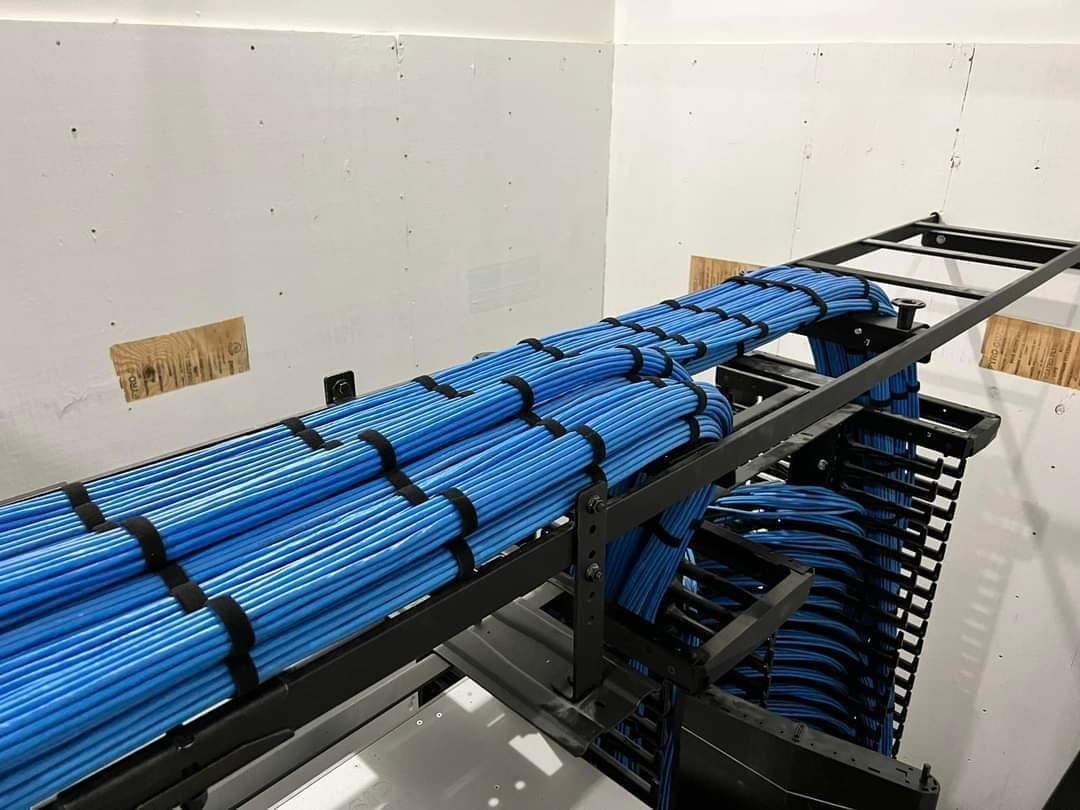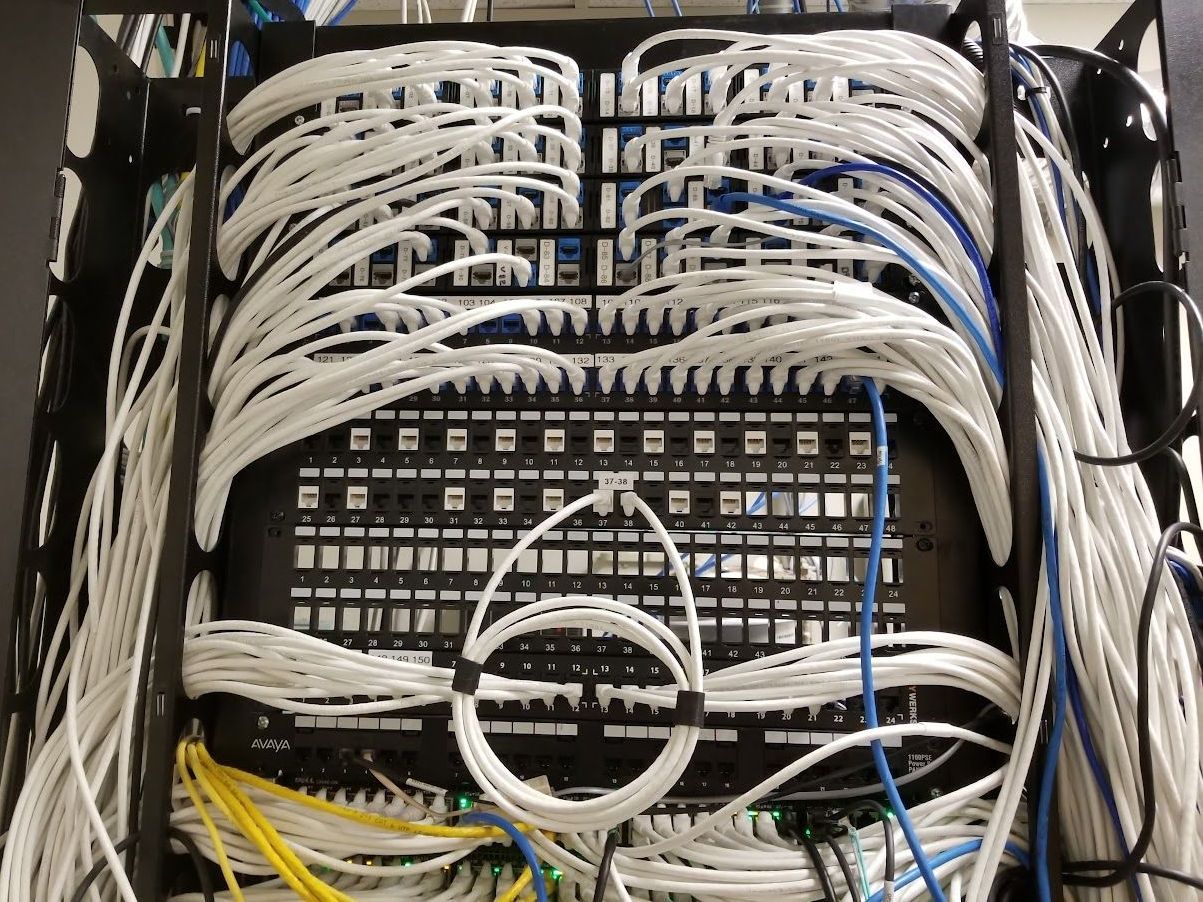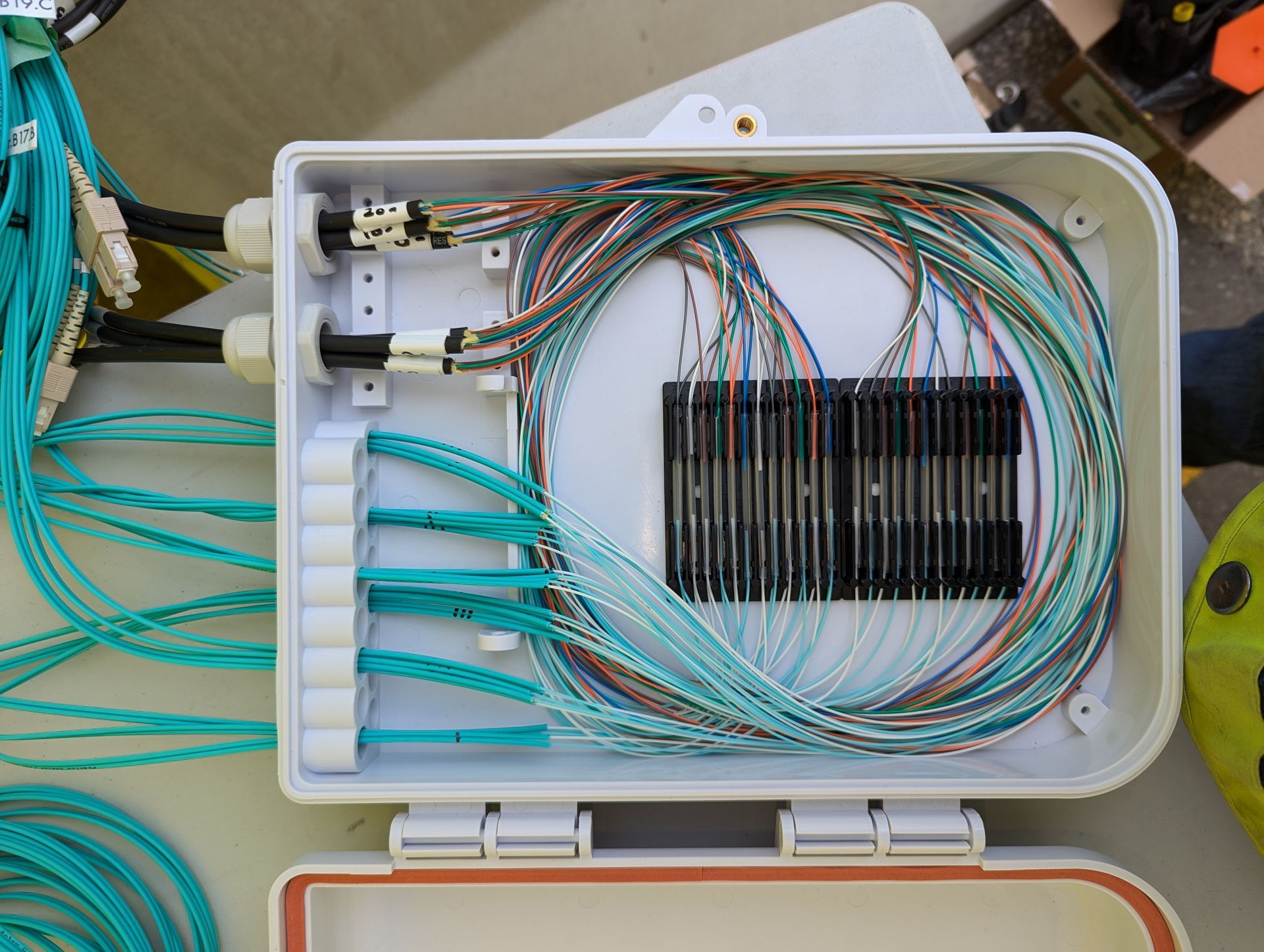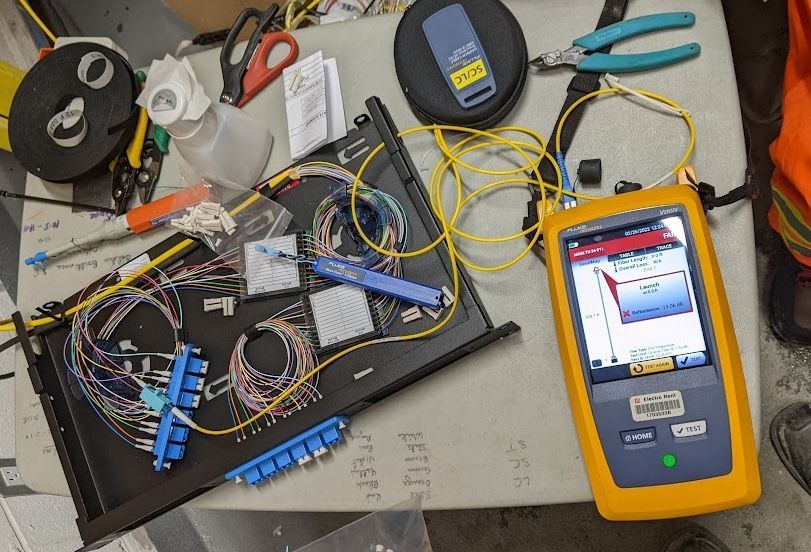Cable Management Tips and Best Practices: A Guide to Organized, Efficient Networks

A practical guide to organizing your cables with expert tips on planning, setup, and long-term maintenance for a safer, more efficient network.
Tired of messy server rooms or tangled cables?
Effective cable management involves planning, organization, and ongoing maintenance to prevent tangles, damage, and potential hazards. A clean cabling setup isn’t just about looks; it improves performance, reduces downtime, and helps future-proof your space. Whether you're setting up a home office or managing enterprise-level infrastructure, this guide walks you through the best practices in cable management.
Planning and Preparation
- Draw a diagram of your layout: Before starting, create a visual representation of your cable layout, including device placement and potential cabling routes. This helps identify potential issues and optimize the design.
- Measure cable lengths before cutting: Ensure you use the correct cable length to avoid excess slack, which can lead to tangles and clutter.
- Plan with future growth: When planning, factor in the potential expansion of your network and equipment to accommodate future needs, whether it’s more devices or higher bandwidth needs.
- Choose the right tools: Select appropriate cable management solutions such as cable trays, ducts, clips, and ties based on your specific needs and environment.
Whether you're planning a new setup or upgrading your current infrastructure, explore our
custom solutions and consultant service from Fibreguy.ca to ensure long-term reliability and performance.

Organization and Implementation
- Label cables: Clearly label both ends of cables, including network, patch, and power cables, to easily identify them during troubleshooting or maintenance.
- Bundle cables: Use cable ties or wraps to bundle cables together, keeping them organized and preventing tangles. This also helps with airflow and cooling. Combing cable trunks is also an option. Consider heat dissipation when bundling cable POE.
- Separate cable types: Keep power cables separate from data cables to minimize electromagnetic interference (EMI).
- Use vertical cable managers: Employ vertical cable guides to run cables up and down alongside racks, keeping them straight and preventing tangles.
- Secure cables: Utilize cable clamps and clips to secure cables along their routes, preventing them from dangling or obstructing access.
- Consider color code patch cords for quick identification: Use different colored cables or cable ties to differentiate between various cable types or connections.
- Close Couple Patching: An efficient, clean, and maintainable method of connecting to switch ports that also improves airflow is by using short (6 to 12 inch), small-diameter (OD) patch cords with clear boots and RJ45 connectors, without routing through horizontal or vertical cable managers.
Looking for a clean, scalable cabling installation? We offer full-service
structured cabling tailored to your business or home.

Ongoing Maintenance and Long-term Best Practices
- Regular inspections: Periodically inspect your cable management system for any signs of damage, loose connections, or excessive clutter.
- Documentation updates: Keep your cable documentation up-to-date as changes are made to the network or equipment.
- Remove unused, obsolete cables: Regularly remove any unused or outdated cables to prevent clutter and potential hazards.
- Replace damaged cables: Replace any damaged or frayed cables immediately to prevent potential performance issues or safety hazards.
- Follow industry standards: Adhere to relevant industry standards and best practices for cabling and network infrastructure.
- Seek professional help: If you need help with complex cable management projects, consider consulting with a professional cabling specialist.
Looking for reliable installation or cleanup of your cable setup?
Contact us
to get started with expert support and a free consultation.
Summary: Why Cable Management Matters
A well-managed cabling system doesn’t just look better but works better. With the right setup, you’ll enjoy reduced downtime, easier troubleshooting, improved airflow and cooling, and scalability for future growth.




